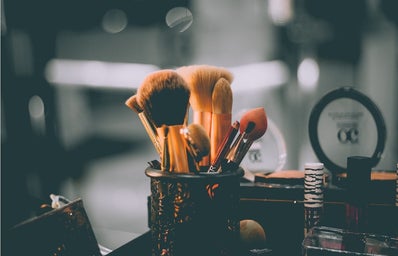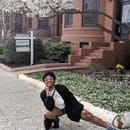I was so excited to escape the beautiful, yet excruciating, dull town of my hometown in New Hampshire to start my first year at Boston University. But, my skin was not. Since being in the city, I have breakouts in places I’ve never had before for my fairly normal skin type. Naturally, I started to rely heavily on makeup and changed up my skincare routine, particularly focusing on K-Beauty. K-Beauty intrigued me because of how different it is from the American standard of beauty, specifically the emphasis on skincare before makeup.
As I cruised the internet for new products I couldn’t help but notice that every BB cream and cushion foundation didn’t come in a color darker than sand-brown. While Korea is a fairly homogeneous country with a preference for pale skin, the exclusion of darker shades is part of a larger problem of clear colorism. People of all shades and countries use makeup daily, from the darkest of berry to porcelain pale. However, cosmetic companies do not always recognize this fact, and, in reality, some companies intentionally exclude dark foundation shades, often having limited ranges, sending a clear message of who the products were catered for. As K-Beauty is increasingly influencing and entering American markets, brands should make an effort to expand shade ranges so products are accessible to all.
Cosmetic companies have a habit of constantly advertising and pushing fairer skin tones over dark ones. They will often use light-skinned models using buzzwords like “brightening and lightening.” Most K-Beauty CC and BB creams, as well as cushion foundations, contain some level of SPF. Because SPF is typically made of white zinc oxide, the chemical could potentially leave an ashy, chalky finish on darker skin. But, there are alternatives to this by using the ingredient iron oxide. Cosmetic chemist Perry Romanowski says that “iron oxides can give brown, yellow, or red pigments, and using a mixture of iron oxides and titanium dioxide, you can blend any shade of human skin.” However, iron oxide is much more expensive than zinc oxide, making it cost-ineffective.
However, there is hope for dark-skinned people wanting to experience the same benefits and philosophy of K-beauty that they can’t find in American cosmetics. K-Beauty brand Innisfree has expanded its shade range into darker colors of cushion foundation, which is a hallmark of K-beauty. This cushion foundation also has SPF, so it can still protect from the sun (even if you’re melanin-blessed, it’s still important to wear sunscreen).
K-beauty inspired brand called KAJA Beauty has made sure that people of all skin tones can enjoy their products as well. Their campaign features models of all colors across the spectrum. The line features cream blushes and highlighters, lip glosses, and a diverse shade range of concealers. KAJA Beauty can be found at Sephora.
There is still more work to be done to make K-Beauty more inclusive and accessible for all. Inclusivity shouldn’t be a trend in the cosmetic industry, it should be a basic standard for all brands.
Want to keep up with HCBU? Make sure to like us on Facebook, follow us on Instagram, check out our Pinterest board, and read our latest Tweets!



